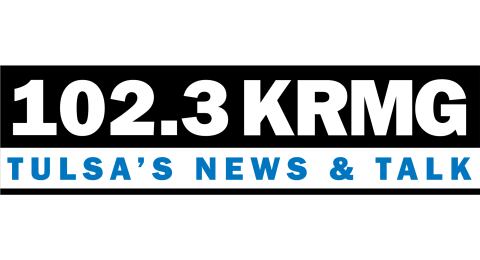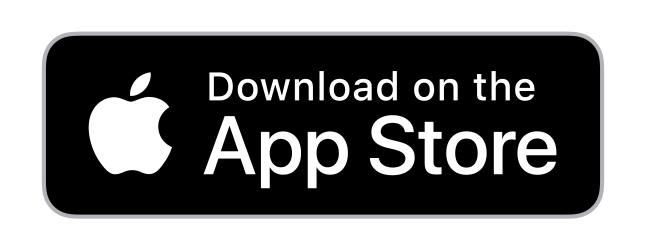Creating a cohesive and enticing employee benefits package can be a make-or-break proposition for your company. Employees report that better benefits increase job satisfaction, boosting retention and engagement.
So, how can Individual Coverage Health Reimbursement Arrangements, or ICHRAs, holistically integrate into your existing employee benefits? Read on for eight best practices detailed by Thatch.
TL;DR:
- Ensuring employees understand ICHRAs and other benefits through transparent, ongoing education leads to higher job satisfaction and engagement.
- ICHRAs' flexibility allows employers to offer customized health insurance support across various employee categories, ensuring inclusivity and fairness.
- Using software tools and regular surveys to track claims, engagement, and satisfaction ensures the ICHRA program runs smoothly and effectively meets employee needs.
Communication and Education
MetLife's 21st annual U.S. Employee Benefit Trends Study reports that understanding employee benefits can play an outsized role in job satisfaction. According to the research, 76% of employees who understand their benefits are "happy," and 82% reported that better understanding their benefits would give them a stronger sense of job security.
Education begins with a comprehensive health insurance enrollment timeline, which includes creating supporting documentation, starting an awareness campaign, and being available to answer any questions employees might have about ICHRA or their benefits in general.
This transparency around employee benefits can help create a sense of ease and security among employees. Provide detailed information about ICHRA-eligible expenses and clearly explain the reimbursement process. Highlight how ICHRAs enable employees to choose their own health insurance plans while the employer offers financial support.
Beyond the initial enrollment timeline, continue to provide support, including:
- Help desks or office hours
- FAQ documentation
- Bi-annual consultations or employee check-ins
Employee benefits are only as valuable as the communication that supports enrolling in them.
Align with Existing Benefits
Position ICHRA as a part of a comprehensive benefits strategy. Ensure it seamlessly integrates with other benefits, including wellness programs, Employee Assistance Programs, and mental health support.
45% of Americans at small to medium-sized companies say they plan to stay in their current role longer because of employer-sponsored wellness programs. Wellness programs consist of everything from mental health support to subsidized gym memberships and volunteer days.
To ensure that employees are making the most of their benefits, consider creating an employee benefits portal or working with an employee benefits manager, which can help employees easily view their account balances, submit claims, and access related resources.
Tailored Benefits to Each Classification
One of the unique advantages of ICHRA is its flexibility when it comes to types of coverage among employees.
ICHRA has 11 types of classes:
- Full-time
- Part-time
- Salared
- Hourly
- Remote
- Seasonal
- Unionized
- Employees in a waiting period pending coverage
- Outside the U.S.
- Temps through a third-party
- Combinations of two or more of the above
Employers can offer tailored benefits based on an employee's distinct class. This ensures that employees receive a monthly health insurance allowance.
Classes are a distinct advantage of ICHRAs, offering employee benefits to people who may have traditionally received none. However, keep in mind that employees of the same class must receive the same ICHRA offer.
Administration
From processing reimbursement requests to compliance, administering ICHRA can seem daunting. Employers can choose to process claims:
- Internally through by self-administering their ICHRA
- Externally through a third-party benefits administrator
Software solutions can help simplify the administration process, making it easier for the HR team to manage claims, spending, and reimbursement. Additionally, automating or outsourcing some or all of the processes can reduce the internal administrative burden.
Regardless of how an HR team manages ICHRA, it's important to make the claims process as simple as possible for employees. Provide clear guidelines for employees on how to submit receipts and documentation. With a better understanding of ICHRA benefits, employees will feel empowered to take full advantage of the offering.
Tax Optimization
ICHRAs are tax-advantaged for both the employee and employer.
Employee reimbursements for qualified expenses are tax-free, meaning they are not taxed on the money they receive through ICHRA reimbursements. This means employees effectively benefit from using pre-tax dollars to pay for their health insurance premiums and other qualified expenses.
Educate employees about the tax advantages of ICHRAs, both for themselves (tax-free reimbursements). Ensure that employees are making the most of this benefit with proper communication.
HSA Integration
Employees who select a high-deductible health plan through the marketplace may be eligible for an HSA. Integrating this benefit with an ICHRA can power tax-advantaged savings and reimbursements.
To maximize employee benefits, consider offering seminars or digital assets to educate employees on coordinating their ICHRA with their HSA. This will ensure employees don't accidentally overlap reimbursements or miss out on other available savings opportunities.
Enhance Employee Engagement
Employee satisfaction surveys can be powerful tools for determining whether employees maximize their benefits. They can also highlight areas where benefits managers may need to improve or identify workplace satisfaction trends.
Periodically assess the effectiveness of ICHRA in your organization. Are employees happier with it? Do they understand how to use it? Do they need refreshers on certain aspects?
Getting feedback can help improve communications around ICHRA and potentially boost enrollment. You may be able to identify pain points, preferences, or adjust offerings overall to better meet employee needs.
Track Performance Over Time
Data analytics with employee sentiment can be a powerful tool to determine how employees use their benefits.
For example, if you notice a large amount of unused funds, consider adjusting contribution levels or providing more education on maximizing ICHRA allowances.
Are reimbursements being denied? This could highlight a misunderstanding of ICHRA or a snag in your reimbursement education.
When it comes to integrating ICHRA into employee benefits, numbers are your friend. Use them to catch trends in spending, engagement, and satisfaction in the benefits package overall.
The Takeaway
Integrating ICHRAs into your employee benefits strategy can significantly enhance job satisfaction, retention, and engagement. By communicating effectively, tailoring benefits to employee classifications, and ensuring seamless administration, employers can create a holistic benefits package that employees truly value.
Regular feedback, continuous education, and leveraging data analytics will help fine-tune the process, ensuring that employees not only understand their benefits but fully take advantage of them.







